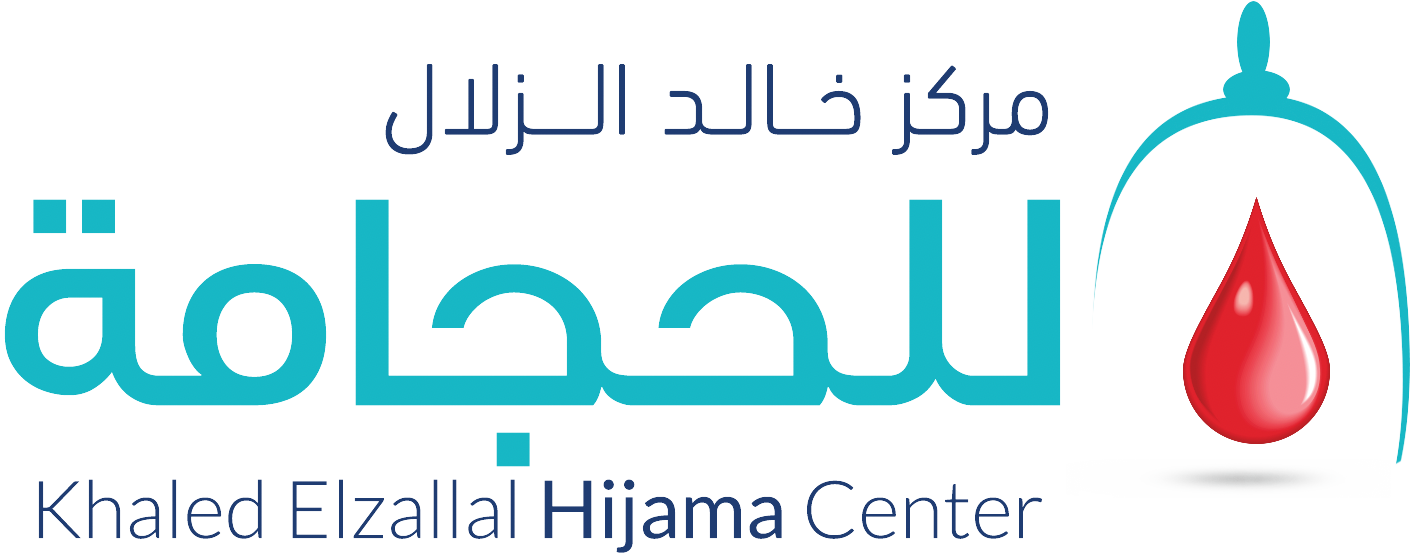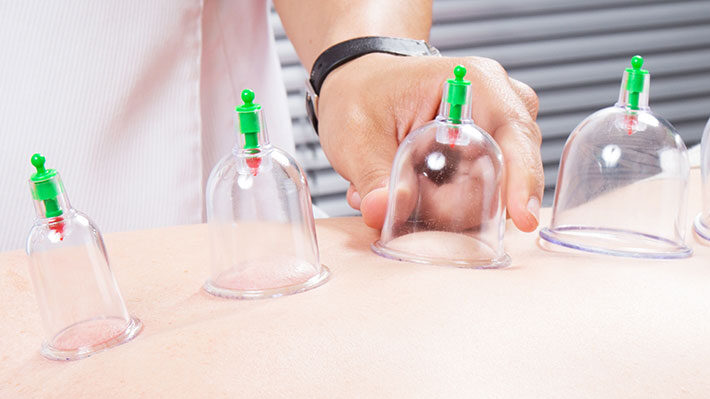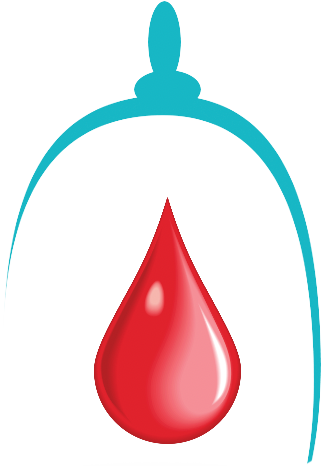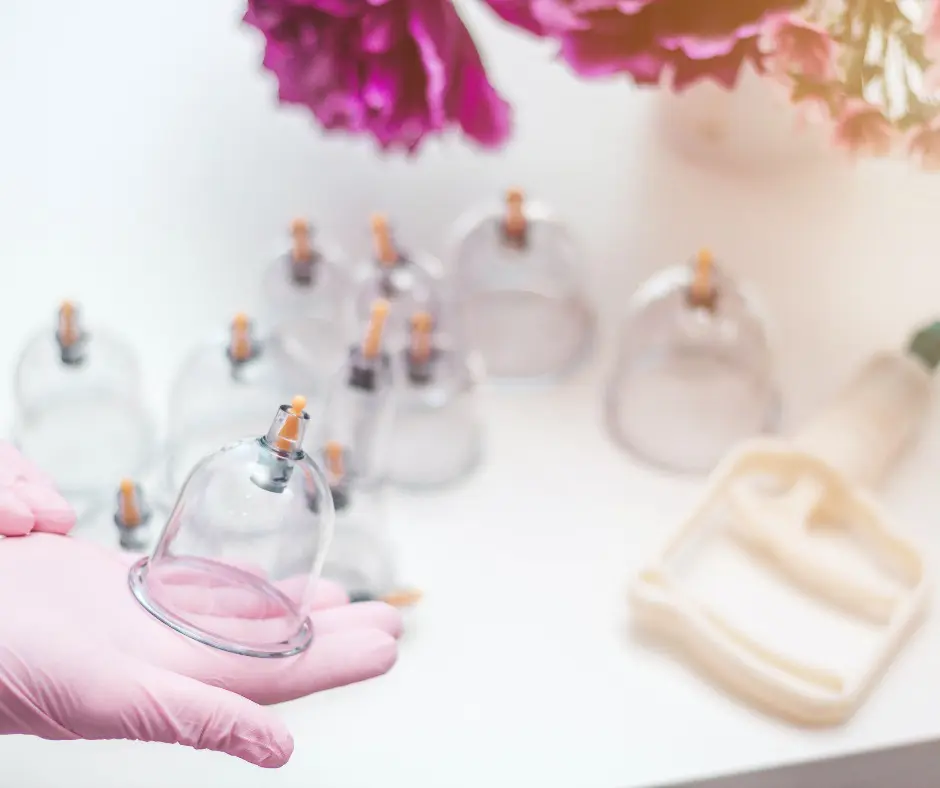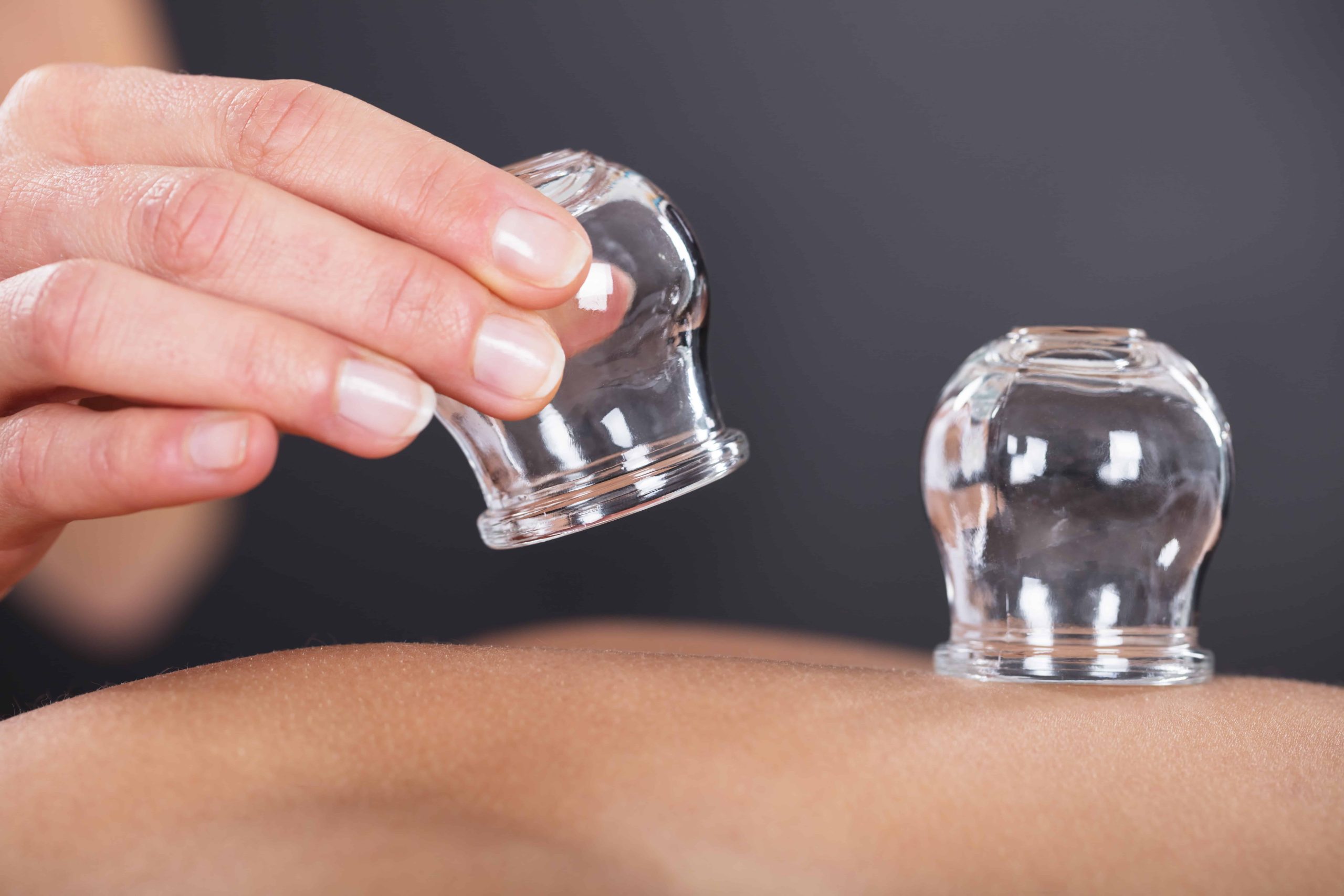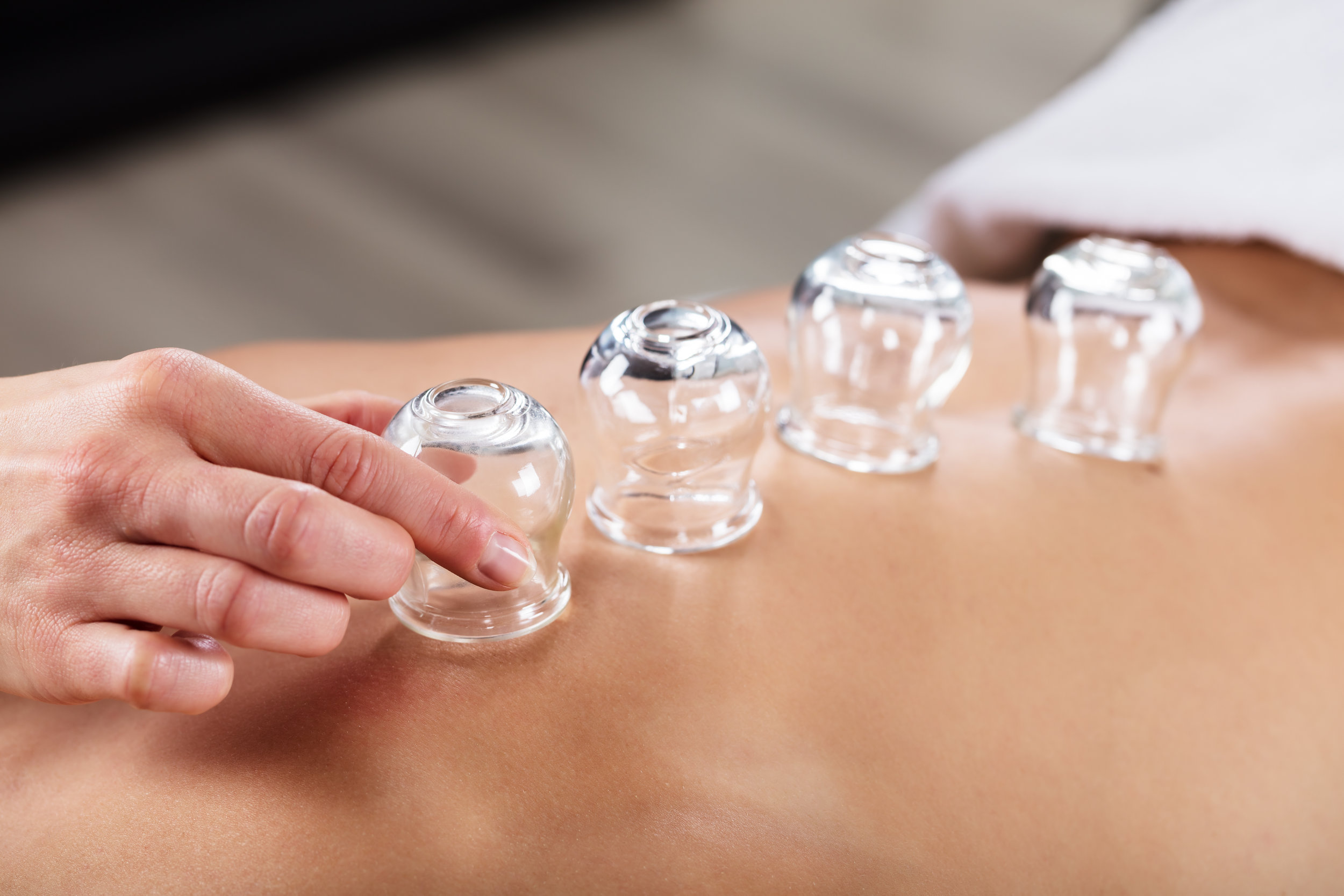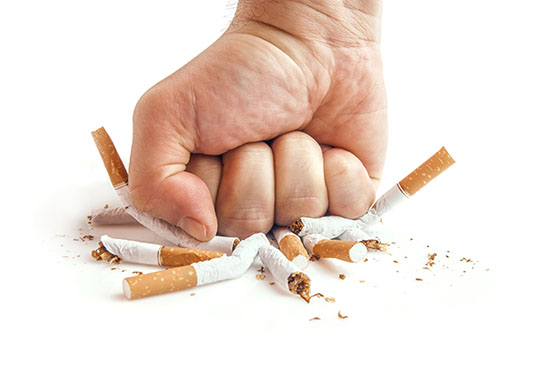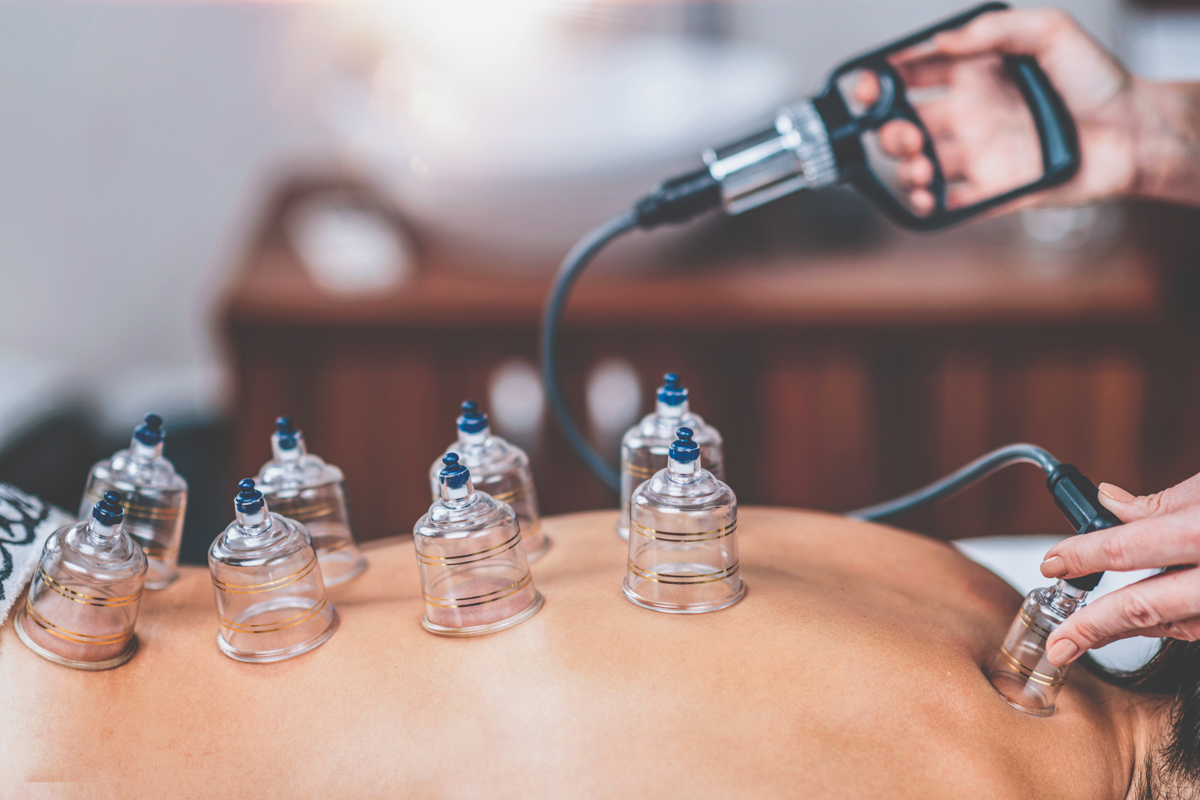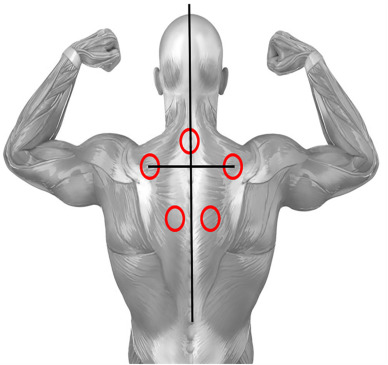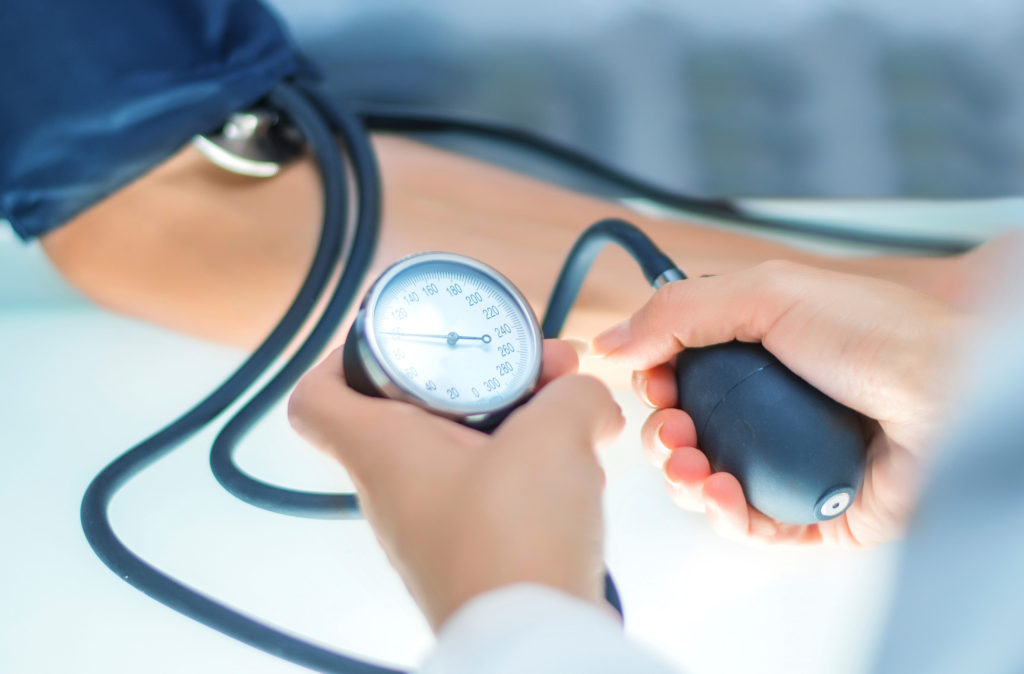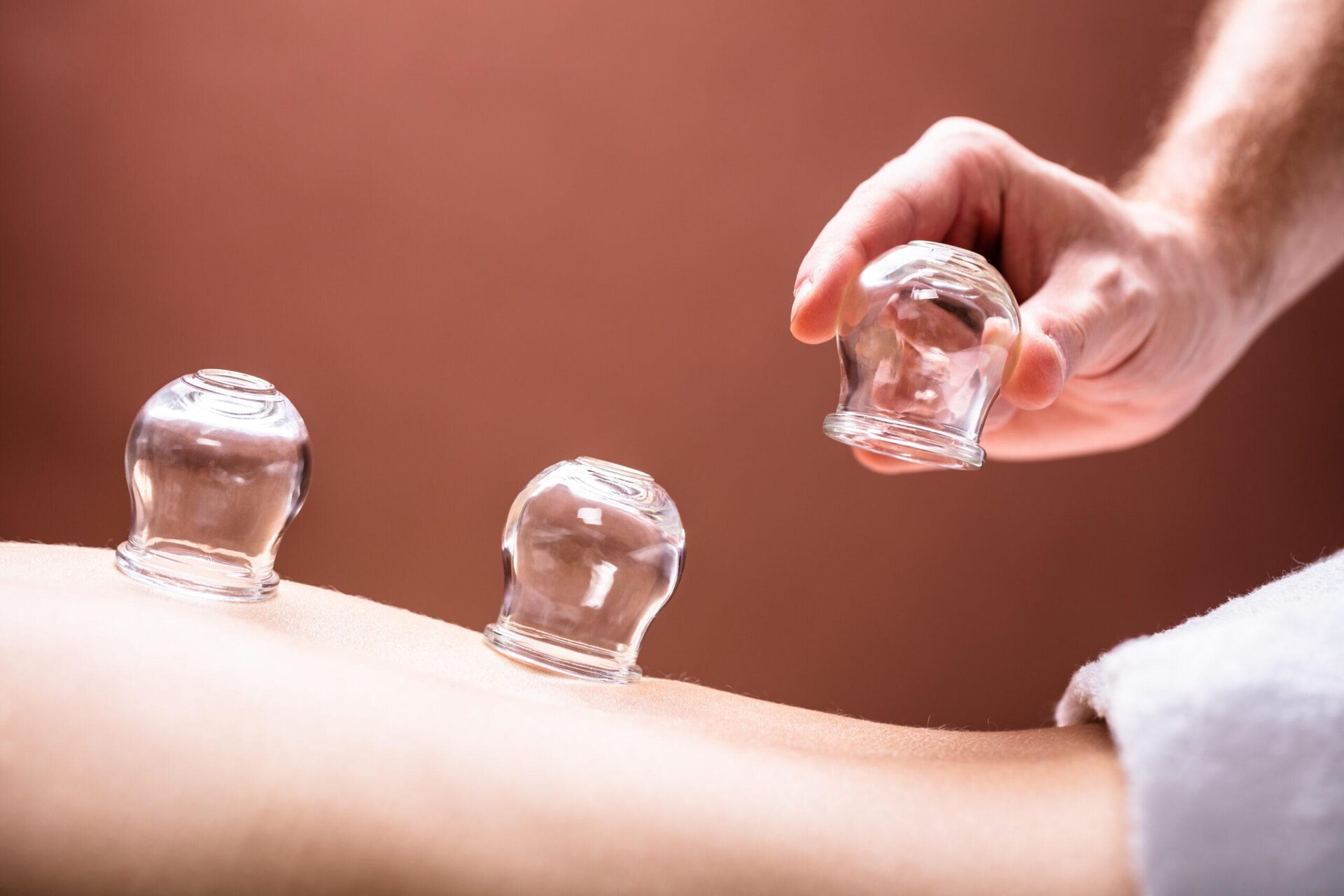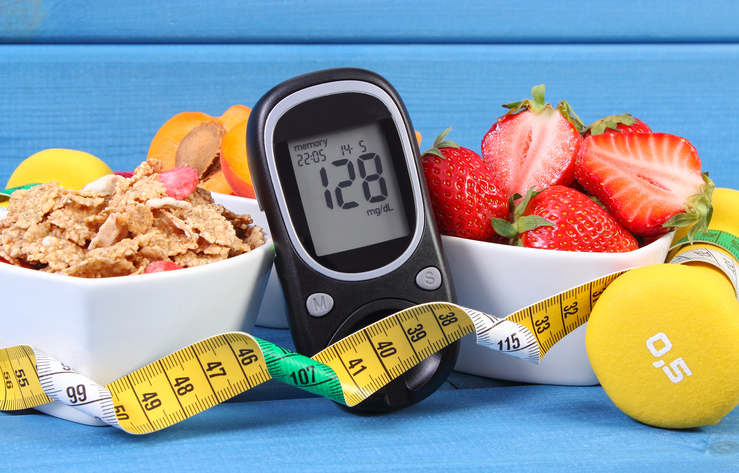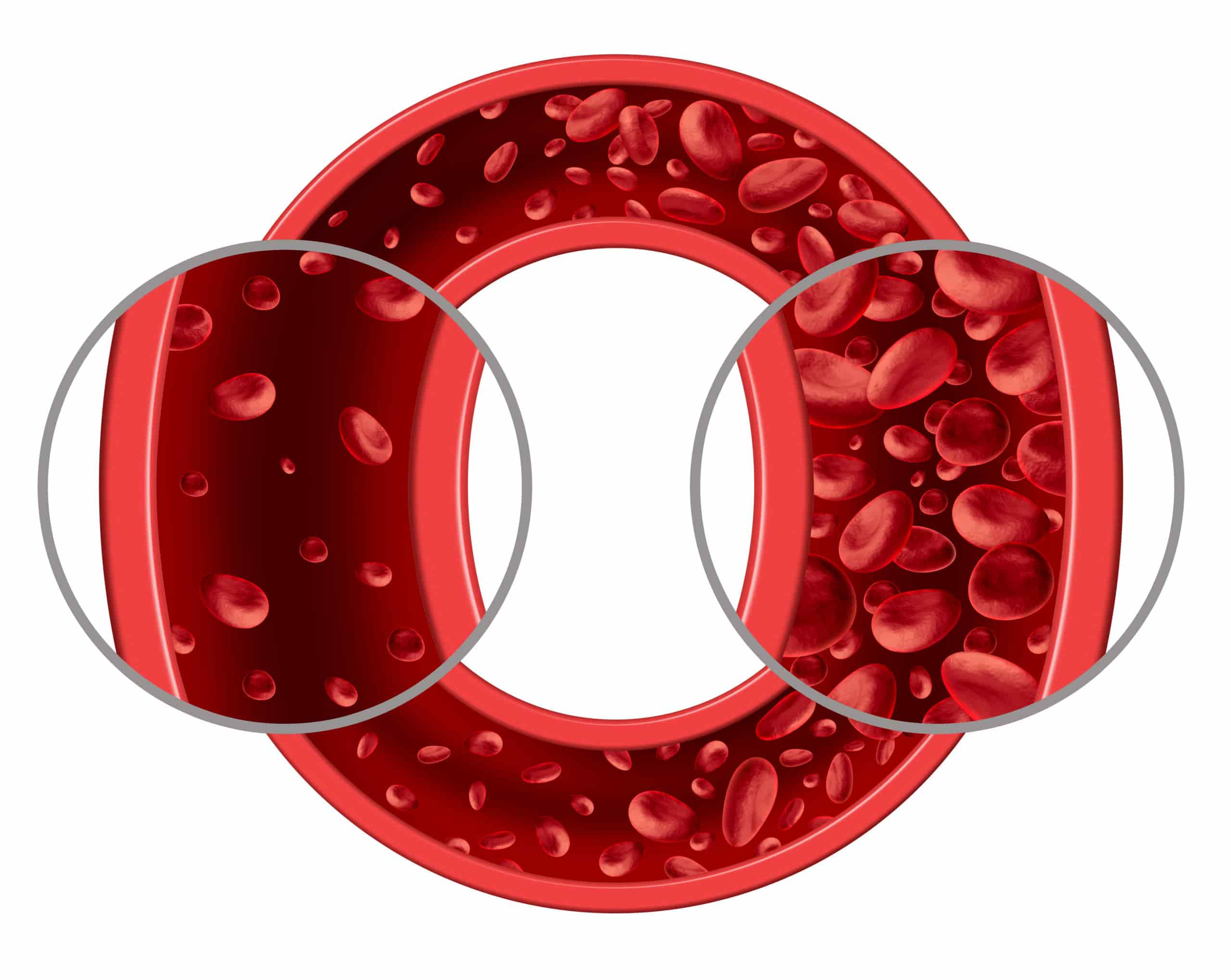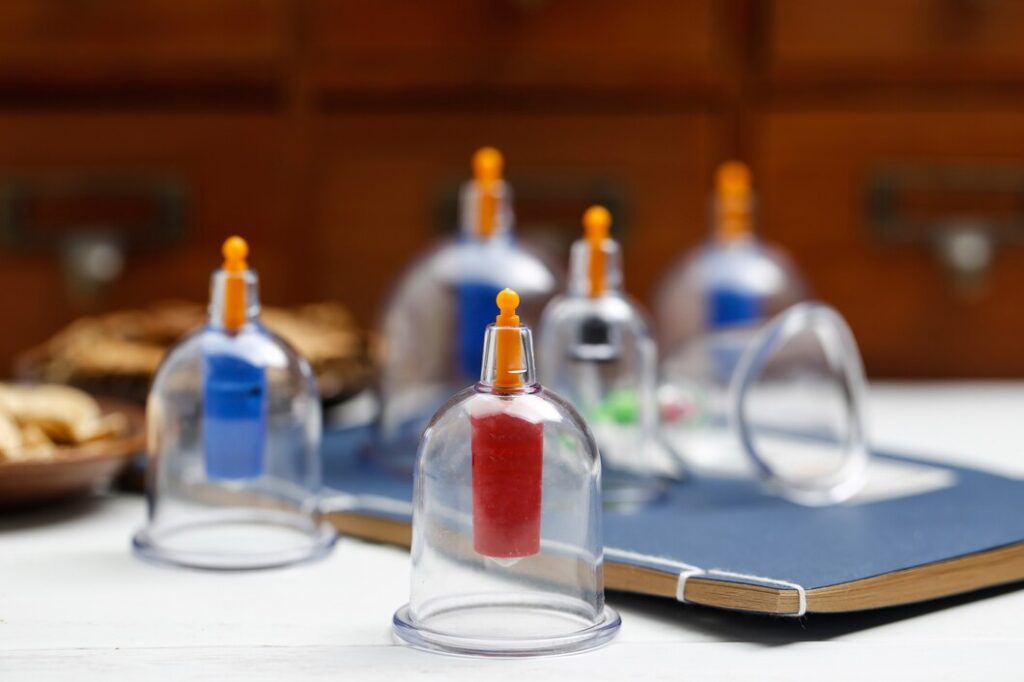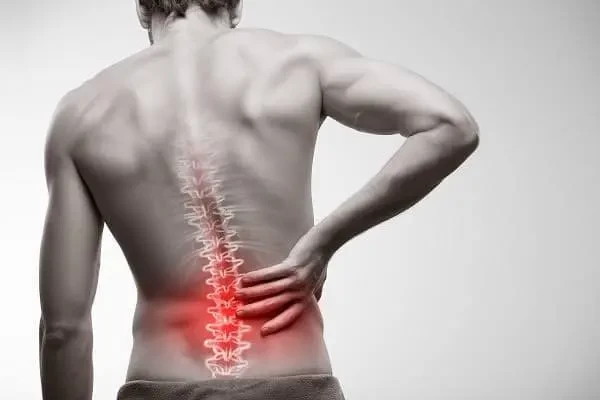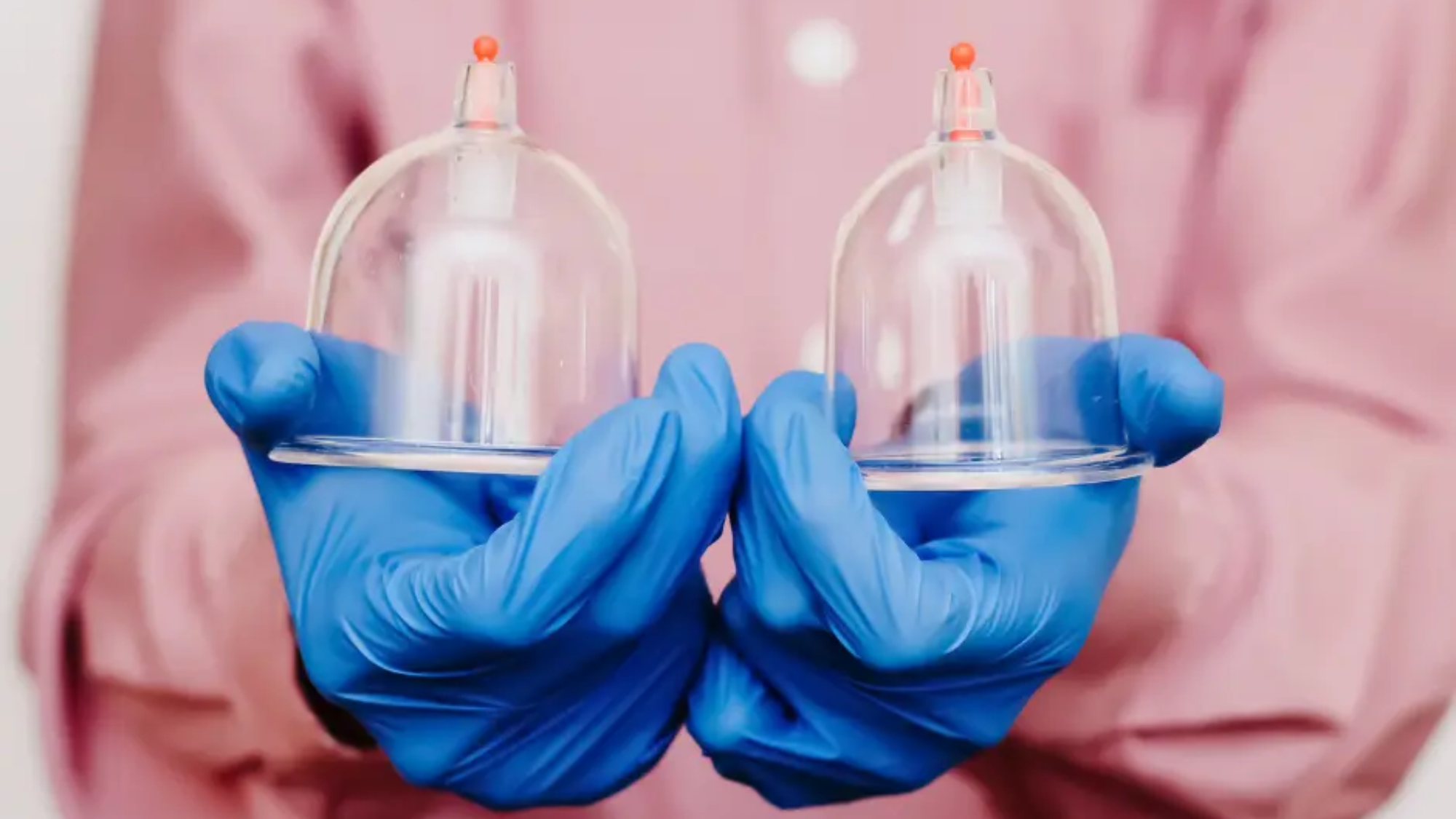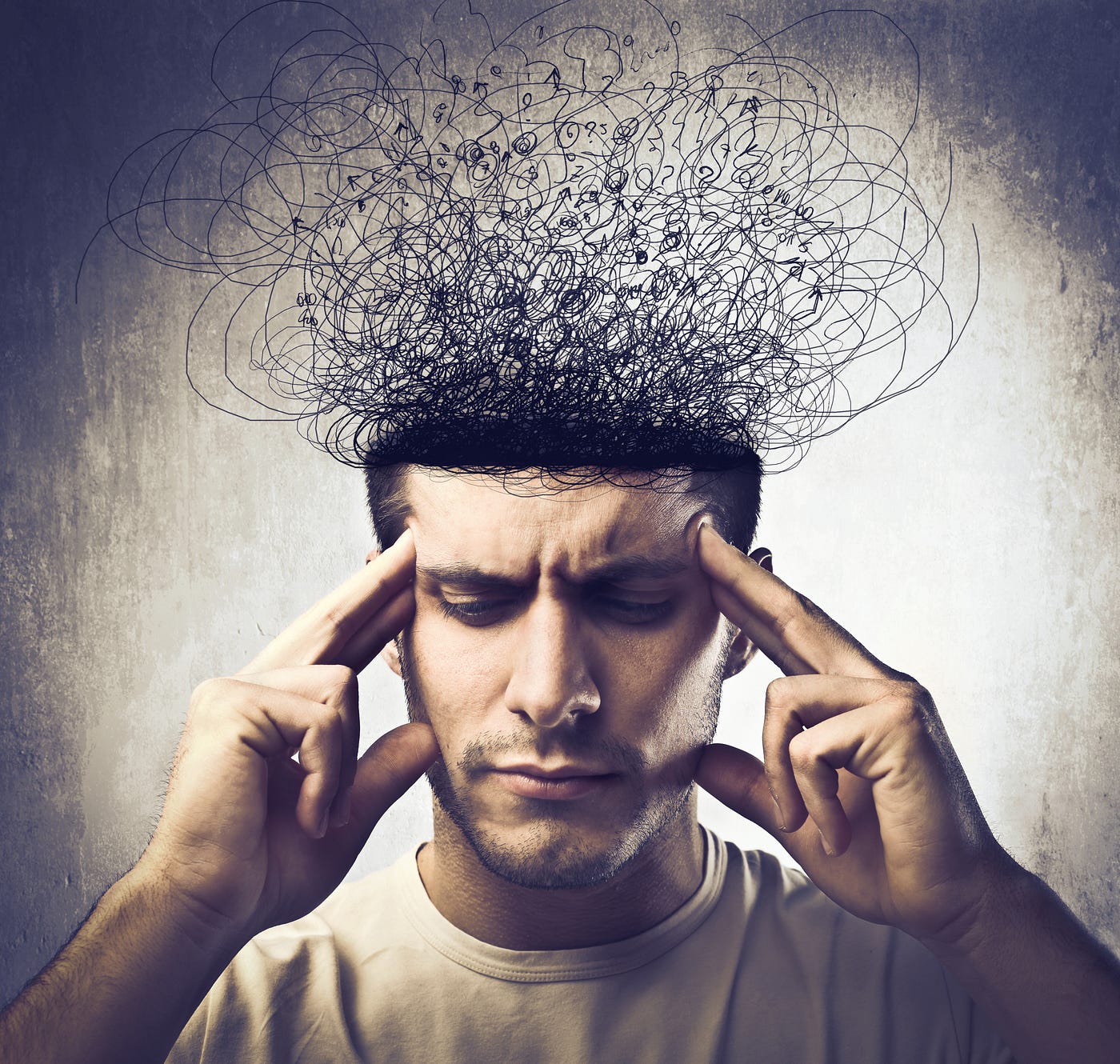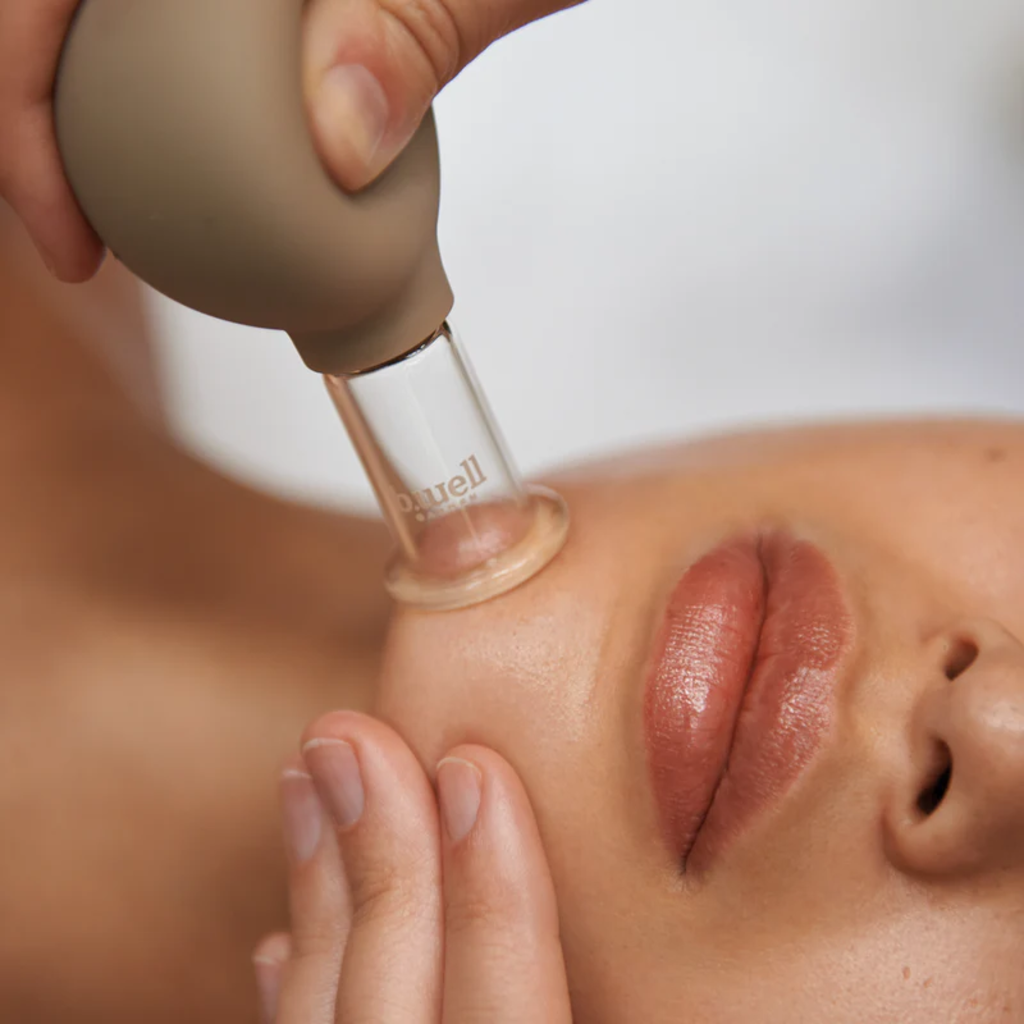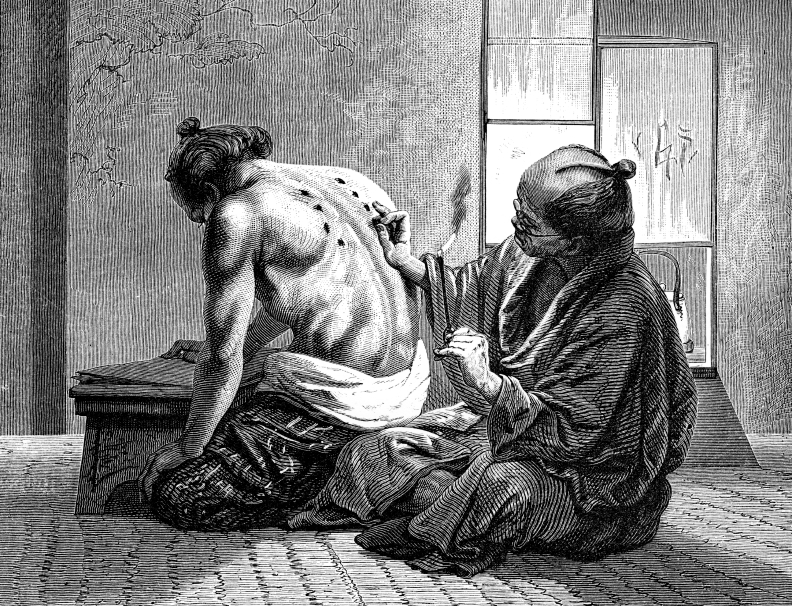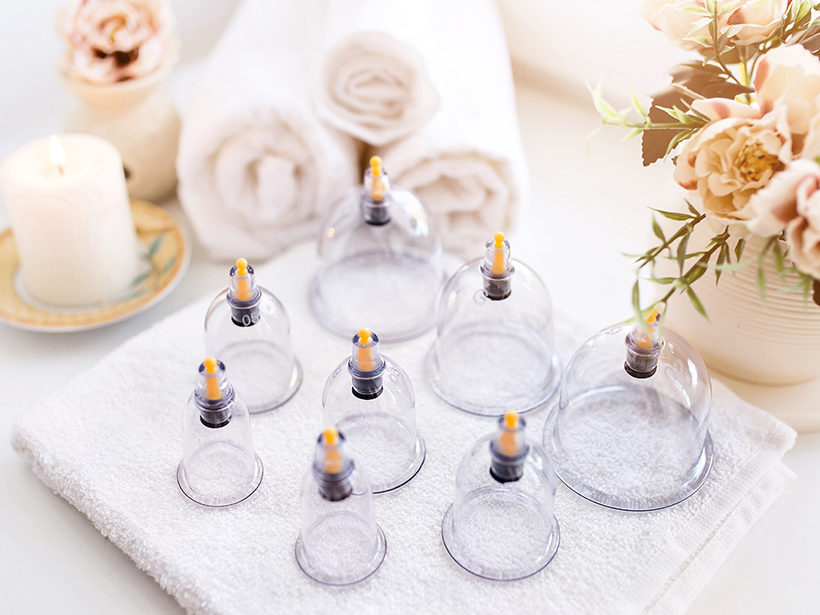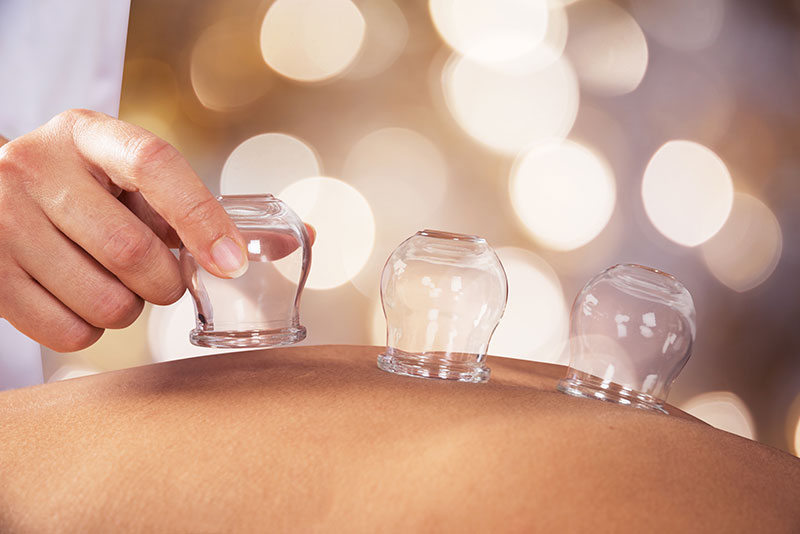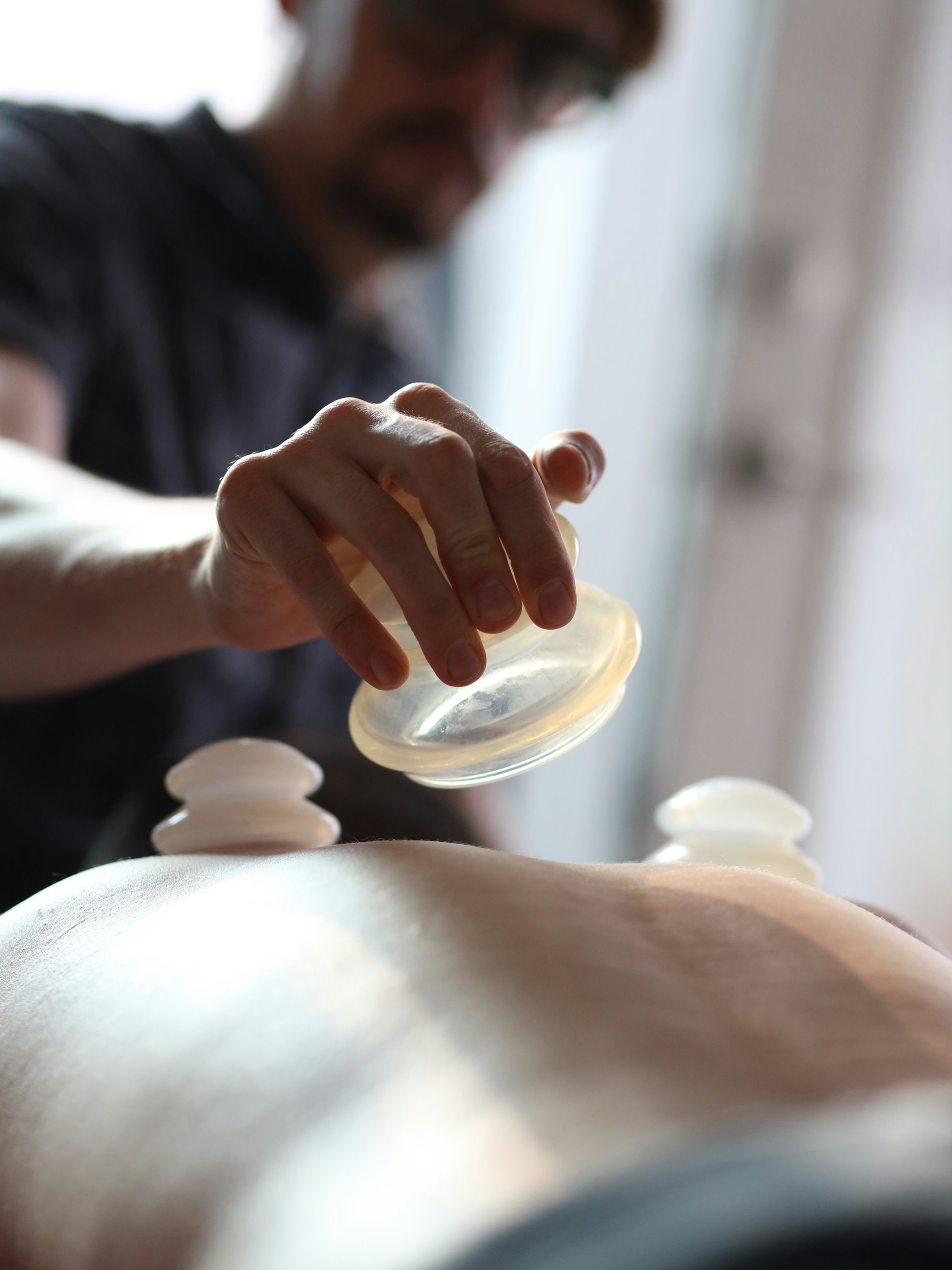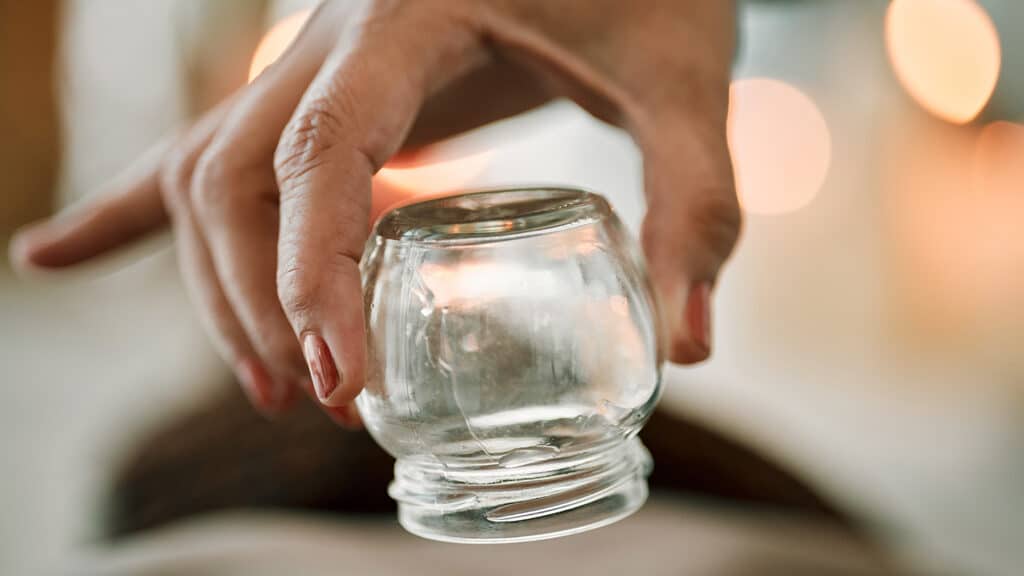
Everything You Need to Know About Cupping Therapy:
What is Cupping Therapy?
Cupping therapy is a holistic alternative treatment for both body and soul.
Definition and Mechanism of Cupping:
Cupping is a type of alternative therapy where special cups are placed on the skin—either hot or cold—to create a suction effect (by removing air) in a localized area. This draws the skin upward and increases blood flow to the area, aiding the healing process.
Cupping in Ancient Civilizations:
Cupping wasn’t just a physical treatment in ancient cultures; it also had a spiritual aspect, believed to enhance energy balance and overall well-being. Ancient texts from civilizations like Ancient Egypt and China document these beliefs, which are still practiced in many Asian cultures today.
Cupping in Prophetic Medicine:
Authentic narrations mention the use of cupping by Prophet Muhammad (peace be upon him), making it a key part of prophetic medicine and a recommended practice in Islam.
How Does Cupping Affect the Body?
Many seek cupping therapy for various purposes, including:
-
Pain management, reduction, or elimination
-
Reducing inflammation and healing pain through improved blood circulation
-
Promoting the growth of healthy tissue and blood vessels
-
Enhancing relaxation, focus, and mental clarity through improved circulation
-
Acting as a deep tissue massage and natural treatment
-
Relieving unhealthy muscle tension and supporting cell repair
-
Complementary treatment for various symptoms and conditions
Materials Used in Cupping Cups:
Cupping cups can be made from various materials, such as:
-
Glass
-
Bamboo
-
Medical-grade silicone
-
Ceramic
-
Metal
-
Porcelain
Physiological Mechanism of Cupping:
Experts are still studying how cupping alleviates pain and disease symptoms. Proposed mechanisms include:
-
Improved circulation: Suction draws fluid to the targeted area, increasing blood flow.
-
Capillary dilation and micro-tears: Encourages the body to respond as if healing an injury.
-
Stimulating the body’s natural healing process
-
Opening skin pores and detoxification
Types of Cupping Therapy:
Cupping techniques have evolved over time and include:
-
Dry cupping: Suction only
-
Wet/Blood cupping: Suction followed by controlled medical bleeding
-
Moving cupping (massage cupping): Cups are slid across the skin using oil
-
Flash cupping: Quick, repeated suction
Additional techniques may include acupuncture, cauterization, magnets, laser, electrical stimulation, hydrotherapy, and herbal applications. Subtypes include facial cupping, sports cupping, orthopedic cupping, and water cupping.
Common Cupping Points:
Cups can be applied to various parts of the body, most commonly:
-
Along the spine
-
Shoulders
-
Back of the neck
-
Forearms
-
Behind the knees
-
Lower legs
In traditional Chinese medicine, cups are placed according to meridian lines to stimulate the flow of life energy (Qi).
Dry Cupping Mechanism:
The practitioner heats the inside of the cup to remove oxygen, creating a vacuum that pulls the skin upward once the cup is applied.
Best Times for Cupping:
Cupping is most effective when:
-
Muscles feel tense, sore, or stiff
-
Discomfort is felt in targeted areas
-
Stretching exercises are ineffective
Experts recommend 2–3 cupping sessions per week.
Cupping and Quitting Smoking:
Studies suggest that cupping can be an effective complementary treatment in smoking cessation programs by purifying the blood and improving lung health.
Wet Cupping Mechanism:
The practitioner lightly pricks the skin before or after applying the cups to draw out small amounts of blood, aiding in detoxification.
Benefits of Cupping for Men and Women:
-
Faster pain relief (arthritis, back pain, headaches, toothaches, muscle pain, sciatica)
-
Treating chronic fatigue syndrome
-
Treating lung diseases (chronic cough, asthma, bronchitis, pleurisy)
-
Enhancing skin health (better blood flow, reducing acne, eczema, cellulite)
-
Relieving digestive issues
-
Healing urinary tract diseases
-
Providing relaxation
-
Speeding recovery
-
Treating fertility, hormonal, and sexual issues in women
Cupping Throughout History:
Cupping is not a modern practice—it dates back to Ancient Egyptian, Chinese, Middle Eastern, and Greek civilizations. The Ebers Papyrus (1550 BC) contains detailed descriptions of its use.
Spiritual Belief in Cupping in Chinese and Asian Cultures:
Proponents believe cupping promotes the flow of “Qi” (life energy) and balances yin and yang (negative and positive energies).
How Does Cupping or Cupping Massage Work?
Oil is applied to the skin to allow the cups to glide smoothly. Then, suction is created using heat or vacuum, pulling the skin into the cup to boost blood and energy flow.
Treating Polycythemia Vera (High Red Blood Cell Count) with Cupping:
Cupping has proven effective as a natural treatment for elevated red blood cell count compared to medications and surgical procedures.
Cupping Contraindications:
Avoid cupping in these cases:
-
Sunburn
-
Open wounds or skin ulcers
-
Recent blood clots
-
Internal organ disorders
-
Thin or fragile skin
-
Skin infections
-
Blood or bleeding disorders (hemophilia)
-
Blood clotting issues
-
Skin conditions (eczema, psoriasis)
-
Epilepsy
-
Use of blood thinners
-
Dry or cracked skin
-
Recent fractures or sprains
-
Dislocated joints
-
Severe anemia
-
Muscular dystrophy
-
Blood or needle phobia
-
Under 2 years old (for dry cupping)
-
Abscesses
-
Severe swelling
Cupping Contraindications for Women:
Cupping is not recommended during pregnancy due to a lack of sufficient studies on its safety.
Eating and Drinking Before Cupping:
It is advised to eat at least an hour before the session and drink plenty of water.
Preparing for a Cupping Session:
-
Stay hydrated
-
Eat about an hour before
-
Avoid shaving the treatment area 4 hours before the session
Recovery After Cupping:
You may feel warmth in the treated area. Apply soothing aloe vera and avoid scrubbing the skin roughly.
Cupping and Sleep:
Cupping may improve sleep quality and help treat insomnia.
Cupping’s Impact on Sexual Issues:
Cupping may help alleviate some sexual dysfunctions by detoxifying and improving circulation.
What Happens After a Cupping Session?
Some may feel temporarily tired or fatigued, but this is followed by increased energy and improved circulation.
Post-Cupping Tips:
-
Drink lots of water
-
Stay warm
-
Get adequate rest
Post-Cupping Restrictions (for 4–6 hours):
Avoid:
-
Caffeine, alcohol, sugary foods/drinks, dairy, processed meats
-
Hot showers, saunas, hot tubs
-
Extreme temperature exposure
-
Intense physical workouts
-
Cold air and wind, including air conditioning
Best Time of the Year for Cupping:
Spring is the ideal season, especially mid-lunar month (17th, 19th, or 21st days).
Cupping’s Positive Effects on Autoimmune Diseases:
Cupping may help reduce symptoms of autoimmune diseases like rheumatoid arthritis, lupus, and multiple sclerosis.
Cupping and “Bad Blood”:
Cupping helps rid the body of stagnant and impure blood.
How to Quickly Get Rid of Cupping Marks:
Hydration and rest help marks fade faster.
Cupping in History (Deeper Look):
Cupping is an ancient practice seen across various cultures worldwide and used for a wide range of ailments.
Chinese Belief in Cupping (Expanded):
In Chinese medicine, cupping is linked to balancing Qi and harmonizing yin and yang within the body.
Cupping’s Effects on General Health (Detailed):
-
Skin: Improves metabolism, gland function, healing, and skin resistance
-
Muscles: Enhances blood flow and lymphatic drainage
-
Joints: Increases mobility and supports joint health
Let me know if you’d like this text formatted for a website, brochure, or any specific layout!
